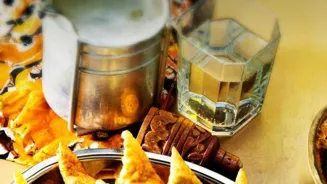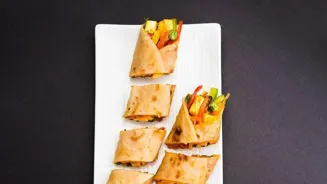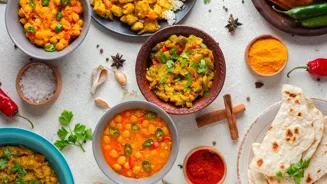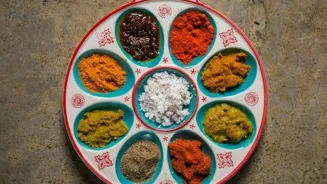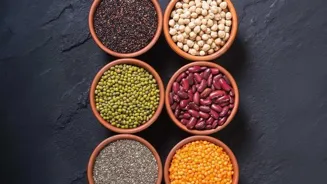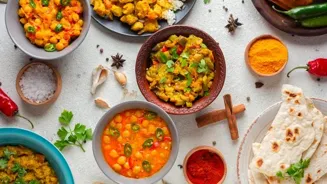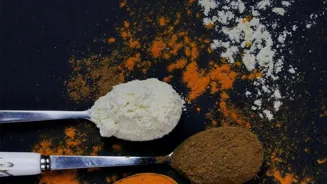Discover the art of crafting a perfect Indian dinner menu - balancing flavors and textures to create a memorable feast
Namaste, food lovers! Are you planning a dinner party and want to impress your guests
with an authentic Indian meal? Perhaps you simply want to elevate your everyday cooking. Either way, crafting the perfect Indian dinner menu is all about understanding the art of balancing flavors and textures.
Indian cuisine is a celebration of spices, a symphony of tastes, and a journey for the senses. It's not just about throwing ingredients together; it's about creating a harmonious experience that leaves everyone feeling satisfied and delighted. Don't worry, it's easier than you think!
Let’s dive into the secrets of creating a memorable vegetarian Indian feast.
Creating a balanced Indian meal with the six primary tastes
Firstly, consider the flavour profile for your dinner party. A successful Indian meal should offer a beautiful play of contrasting yet complementary tastes. Think about incorporating the six primary tastes recognized in Ayurveda – sweet, sour, salty, bitter, pungent, and astringent.
Sweetness can come from dishes like a creamy kheer or a subtly sweet dal. Sourness can be introduced with a tangy raita or a lemon-infused vegetable dish. Saltiness is a given, but be mindful of it, and add gradually.
Bitterness can be achieved with ingredients like fenugreek leaves (methi) or bitter gourd (karela), used sparingly to add depth. Pungency comes from spices like chili, ginger, and garlic, providing that characteristic Indian "zing.
" Astringency, often overlooked, is found in ingredients like raw bananas or certain lentils, and adds a subtle drying sensation that balances the other tastes.
Balancing textures in food creates engaging meals
Think about the textures that dance on your palate. Contrast soft and crunchy, smooth and chunky. Imagine fluffy rice alongside a crispy vegetable fritter (pakora). Picture creamy lentils served with crunchy papadums. The interplay of textures keeps the meal interesting and engaging.
A smooth raita complements a spicy, dry vegetable dish. A crunchy salad adds a refreshing contrast to a rich curry. Be mindful of not just the taste, but how the food feels in your mouth. A variety of textures, just like a variety of tastes, is a sign of a thoughtfully planned dinner.
Don’t be afraid to experiment with different cooking methods to achieve the desired textures. Roasting, frying, steaming, and sautéing all contribute distinct qualities to your dishes. And, importantly, remember presentation!
Start with light, appetizing options for guests to enjoy
Next, begin with the appetizer. Start light. Something like vegetable samosas, with their crispy exterior and flavourful potato filling, can be perfect. Or, consider a cool and refreshing cucumber raita served with masala papadums.
Paneer tikka, marinated in yogurt and spices and grilled to perfection, is always a crowd-pleaser. The key is to whet the appetite without being too heavy. Remember that the appetizer sets the tone for the rest of the meal. Choose something visually appealing and easy to eat.
Think about offering a variety of dips and chutneys to accompany your appetizers, offering different flavour combinations and allowing your guests to customize their experience.
Consider the dietary restrictions of your guests when choosing appetizers, offering options that are gluten-free or vegan if necessary.
Vegetarian Indian main course essentials for a balanced meal
Now, plan for the main course. A balanced vegetarian Indian main course often includes a lentil dish (dal), a vegetable curry, a dry vegetable preparation, rice, and Indian bread. Dal is essential, providing protein and a creamy texture.
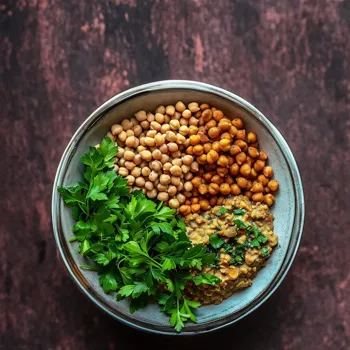
Dal Makhani, with its rich and buttery flavour, is a popular choice, but simpler dals like Dal Tadka or Moong Dal are equally delicious. The vegetable curry can be something rich and creamy like paneer butter masala, or something lighter and more flavourful like vegetable korma.
A dry vegetable preparation, such as aloo gobi (potato and cauliflower) or bhindi masala (okra), adds textural contrast. Basmati rice is the classic accompaniment, and adds to the visual and taste appeal. But you can also offer jeera rice or vegetable pulao as your choice.
Variety of breads enhance Indian cuisine; regional dishes and accompaniments add flavor
Coming to breads, rotis, naan, or parathas add another layer to texture. Rotis are simple and everyday, while naan and parathas are richer and more indulgent. Depending on your time and skills, choose one or two. Indian Cuisine is a very diverse world and each region has its own specialty dishes.
Consider adding dishes from different regions. For example you can add a South Indian Sambar or a North Indian Chole. These variety will add additional taste to the menu. And finally, don't forget the pickles and chutneys!
A small bowl of mango pickle, lime pickle, or a homemade mint-coriander chutney adds a burst of flavour and a touch of tradition to the meal. These accompaniments are often overlooked, but they can make a big difference in the overall dining experience.
Indian dessert options for a perfect meal finale
Finally, round of with a perfect end, the dessert. No Indian meal is complete without a sweet ending. Gulab jamun, with their soft, syrupy goodness, are a classic choice. Other options include rasgulla, rasmalai, or kheer.
If you want something lighter, consider a fruit salad with a sprinkle of chaat masala. Always consider the weather and the environment before planning the menu.
With careful planning and a little experimentation, you can create the perfect vegetarian Indian dinner menu that will impress your guests! Remember, cooking is an art, and the best dishes are made with love and attention to detail. Happy cooking and enjoy the delicious journey.

